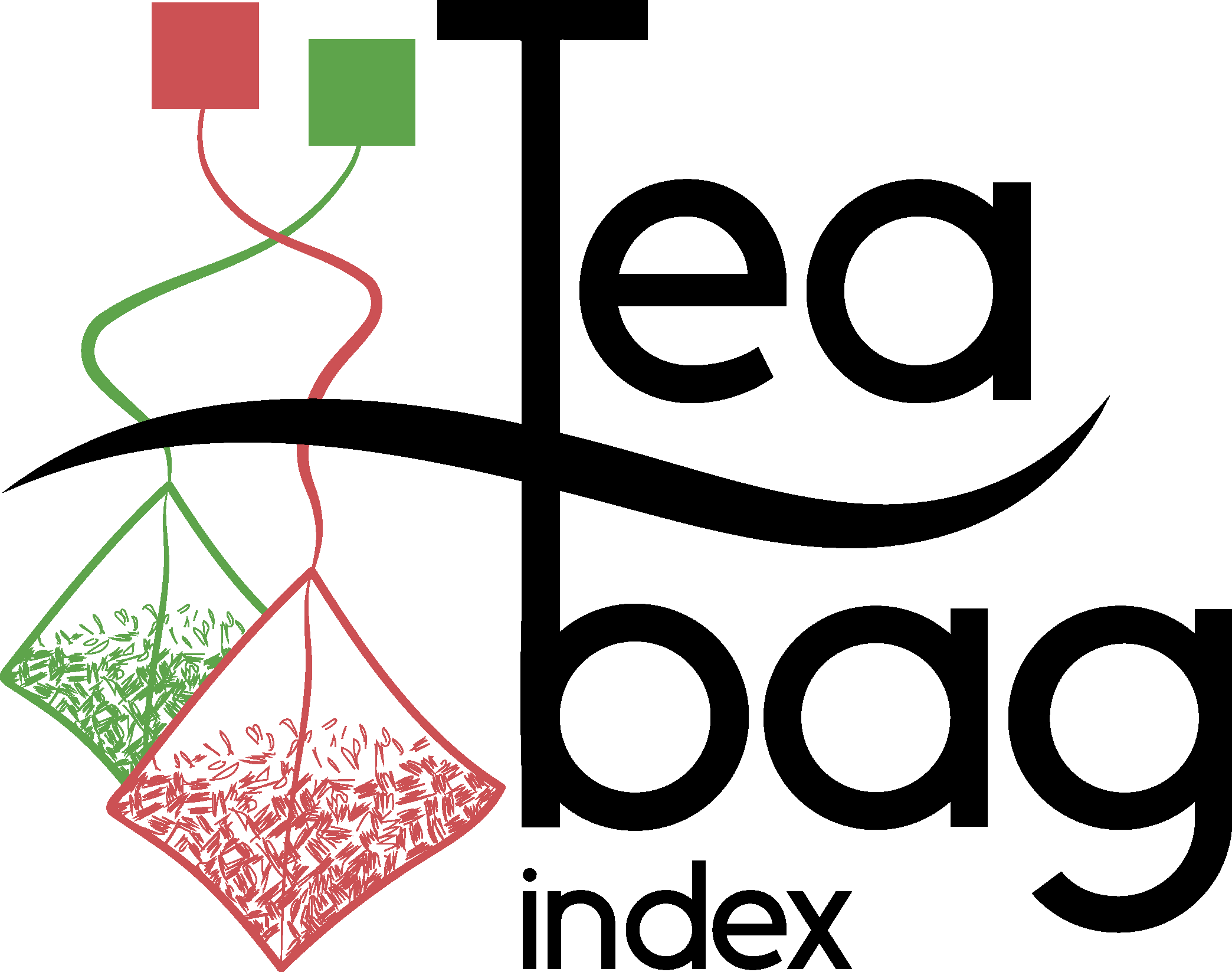Heading 1
Heading 2
Heading 3
Heading 4
We developed a simple and cheap method to measure decay rate of plant material by using tea. The method consists of burying tea bags with Green tea and Rooibos and digging them up ca. three months later. In this period, the tea will decay, and will therefore show what will happen with normal plant material in the soil. This method was developed and tested by a team of researchers from the University of Utrecht, Umeå University, The Netherlands Institute of Ecology and the Austrian Agency for Health and Food Safety Ltd.
The scientific value of this new method has already been acknowledged and experiments are currently running in countries all over the world. Many school children and other citizen scientists joined. With the collected data we made a global soil map, that you can explore at this website.
We developed a simple and cheap method to measure decay rate of plant material by using tea. The method consists of burying tea bags with Green tea and Rooibos and digging them up ca. three months later. In this period, the tea will decay, and will therefore show what will happen with normal plant material in the soil. This method was developed and tested by a team of researchers from the University of Utrecht, Umeå University, The Netherlands Institute of Ecology and the Austrian Agency for Health and Food Safety Ltd.
The scientific value of this new method has already been acknowledged and experiments are currently running in countries all over the world. Many school children and other citizen scientists joined. With the collected data we made a global soil map, that you can explore at this website.
We developed a simple and cheap method to measure decay rate of plant material by using tea. The method consists of burying tea bags with Green tea and Rooibos and digging them up ca. three months later. In this period, the tea will decay, and will therefore show what will happen with normal plant material in the soil. This method was developed and tested by a team of researchers from the University of Utrecht, Umeå University, The Netherlands Institute of Ecology and the Austrian Agency for Health and Food Safety Ltd.
The scientific value of this new method has already been acknowledged and experiments are currently running in countries all over the world. Many school children and other citizen scientists joined. With the collected data we made a global soil map, that you can explore at this website.
